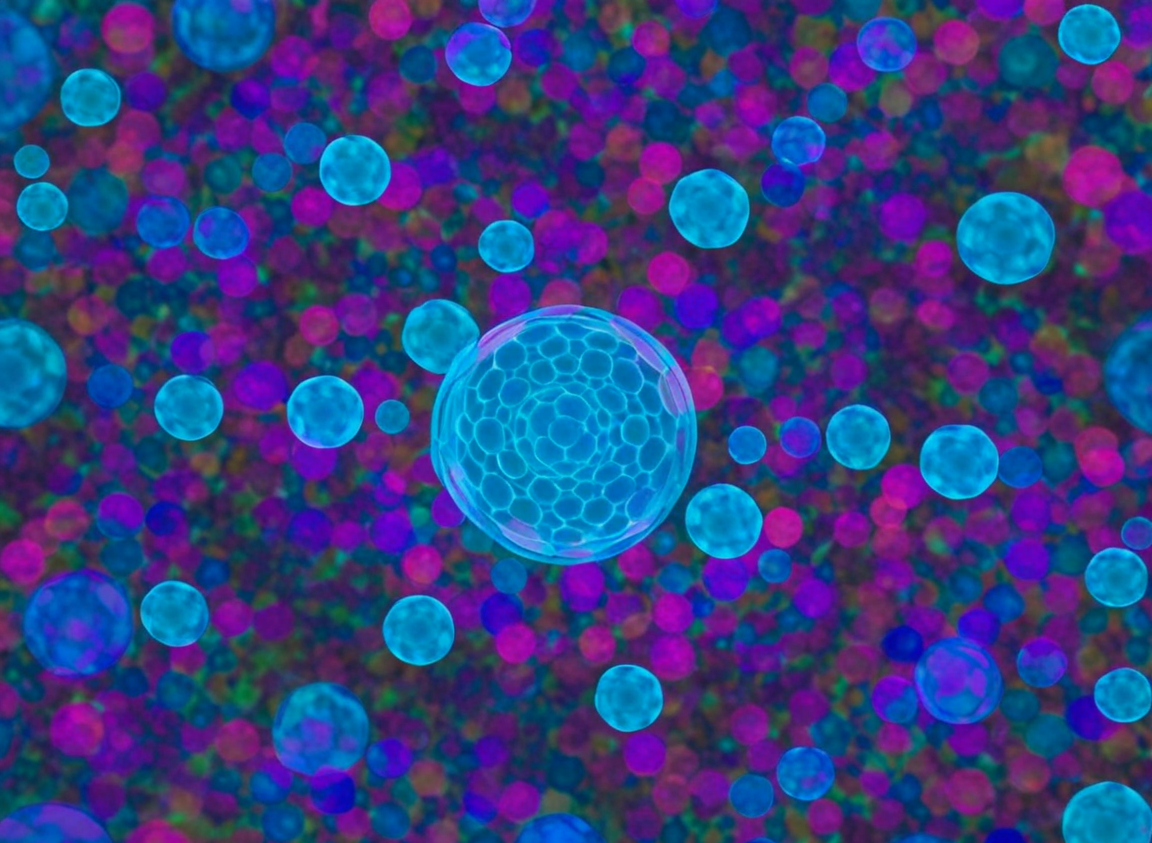
The OCI-LY7 Cell Line: A Key to Unlocking the Mechanism of the Star Cancer Drug Venetoclax
Introduction
In the field of precision medicine for B-cell lymphomas, developing targeted drugs hinges on a deep understanding of cancer cell survival mechanisms. The OCI-LY7 cell line, an invaluable research tool derived from a patient with Diffuse Large B-cell Lymphoma (DLBCL), is a key to solving this puzzle. Its most critical genetic feature is the presence of the t(14;18) chromosomal translocation. This aberration leads to a massive overproduction of the anti-apoptotic protein BCL2, empowering cancer cells to evade programmed cell death and establishing a core survival dependency.
OCI-LY7: The "Chosen Model" for BCL2 Inhibitor Research
Apoptosis, or programmed cell death, is a normal physiological process the body uses to eliminate old or damaged cells—a sophisticated "self-destruct" program. In many cancers, this program is deliberately sabotaged. The BCL2 protein family is a central regulator of this process, and BCL2 itself acts like a "brake pedal," preventing apoptosis from occurring. In OCI-LY7 cells, which harbor the t(14;18) translocation, the overexpression of BCL2 means this brake is permanently engaged, granting the cancer cells a near-immortal status.
BCL2 inhibitors, exemplified by the blockbuster drug Venetoclax, are designed specifically to "release" this brake. Venetoclax binds with high affinity to the BCL2 protein, inhibiting its function. This frees up pro-apoptotic proteins, thereby re-initiating the cell's self-destruct program. Because the survival of OCI-LY7 cells is so heavily dependent on the BCL2 pathway, they exhibit exquisite sensitivity to Venetoclax. In laboratory studies, exceptionally low concentrations of Venetoclax are sufficient to effectively induce apoptosis in OCI-LY7 cells, establishing it as the "gold-standard" model for validating the fundamental efficacy and mechanism of action of this class of drugs.
Overcome Venetoclax resistance. Use the OCI-LY7 cell line to deeply explore resistance mechanisms and develop next-generation therapies. Learn more>>
Investigating Drug Resistance Mechanisms
Despite the tremendous clinical success of Venetoclax, acquired resistance remains a major cause of treatment failure. The OCI-LY7 cell line provides an outstanding in vitro platform to study this clinical challenge. Researchers can successfully generate and establish Venetoclax-resistant sublines by exposing OCI-LY7 cells to low, escalating doses of the drug over a prolonged period.
Through deep molecular analysis of these resistant cells, scientists have uncovered several "tricks" that lymphoma cells use to evade Venetoclax. One of the most common mechanisms is the acquisition of new mutations within the BCL2 gene itself, such as the G101V mutation. These mutations alter the structure of the BCL2 protein, preventing Venetoclax from binding effectively and rendering the drug inactive. Another critical resistance mechanism is pathway bypass, where cancer cells survive by upregulating other anti-apoptotic proteins, such as MCL1, to compensate for the BCL2 function blocked by Venetoclax. These key findings, derived from OCI-LY7 resistance models, have directly guided the development of clinical strategies to overcome Venetoclax resistance, such as creating new drugs that can co-inhibit both BCL2 and MCL1.
Screening for the Best "Treatment Partners"
Given the complexity of resistance, combination therapy has become the mainstream strategy to enhance efficacy and prevent the emergence of resistance. With its clear genetic background and predictable drug sensitivity, the OCI-LY7 cell line serves as a highly efficient tool for screening optimal drug combinations.
Researchers systematically use OCI-LY7 to test Venetoclax in combination with a wide array of other anti-cancer agents. For example, extensive research has demonstrated that combining Venetoclax with BTK inhibitors (like ibrutinib), which target the B-cell receptor (BCR) signaling pathway, produces a powerful synergistic killing effect in OCI-LY7 cells. The underlying mechanism is that BTK inhibition can lead to the downregulation of anti-apoptotic proteins like MCL1, thereby eliminating a potential resistance pathway and making the cells even more vulnerable to Venetoclax. Such preclinical studies using the OCI-LY7 model have provided a solid rationale for clinical trials combining Venetoclax with BTK inhibitors, a strategy that has already benefited numerous lymphoma patients.
Accelerate your lymphoma drug discovery pipeline. Choose our rigorously quality-controlled OCI-LY7 cells to empower your BCL2 inhibitor research. Click to order>>
Conclusion
In conclusion, the OCI-LY7 cell line is more than just a textbook model for elucidating the pivotal role of BCL2 in lymphoma; it is a powerful engine that has driven the entire development pipeline of the BCL2 inhibitor Venetoclax—from proof-of-concept and mechanistic studies to resistance investigation and combination strategy design. It has served as a key, helping us to unlock the door to understanding and combating BCL2-driven lymphomas.
Looking forward, as our knowledge of lymphoma biology's complexity grows, OCI-LY7 will continue to play an irreplaceable role in cutting-edge research, including the evaluation of next-generation BCL2 family inhibitors, the development of novel drugs targeting resistance mutations, and the optimization of personalized combination therapies.
References
[1]Thang, H., et al. (2017). Acquired BCL2 mutation is associated with high-level resistance to venetoclax in a patient with progressive chronic lymphocytic leukemia. Cancer Discovery, 7(12), 1466-1471.
[2]Choudhary, G. S., et al. (2015). BCL2-202 (Venetoclax) and Ibrutinib are synergistically cytotoxic in Richter's syndrome lymph node and peripheral blood samples. Cancer Discovery, 5(10), 1056-1067.

